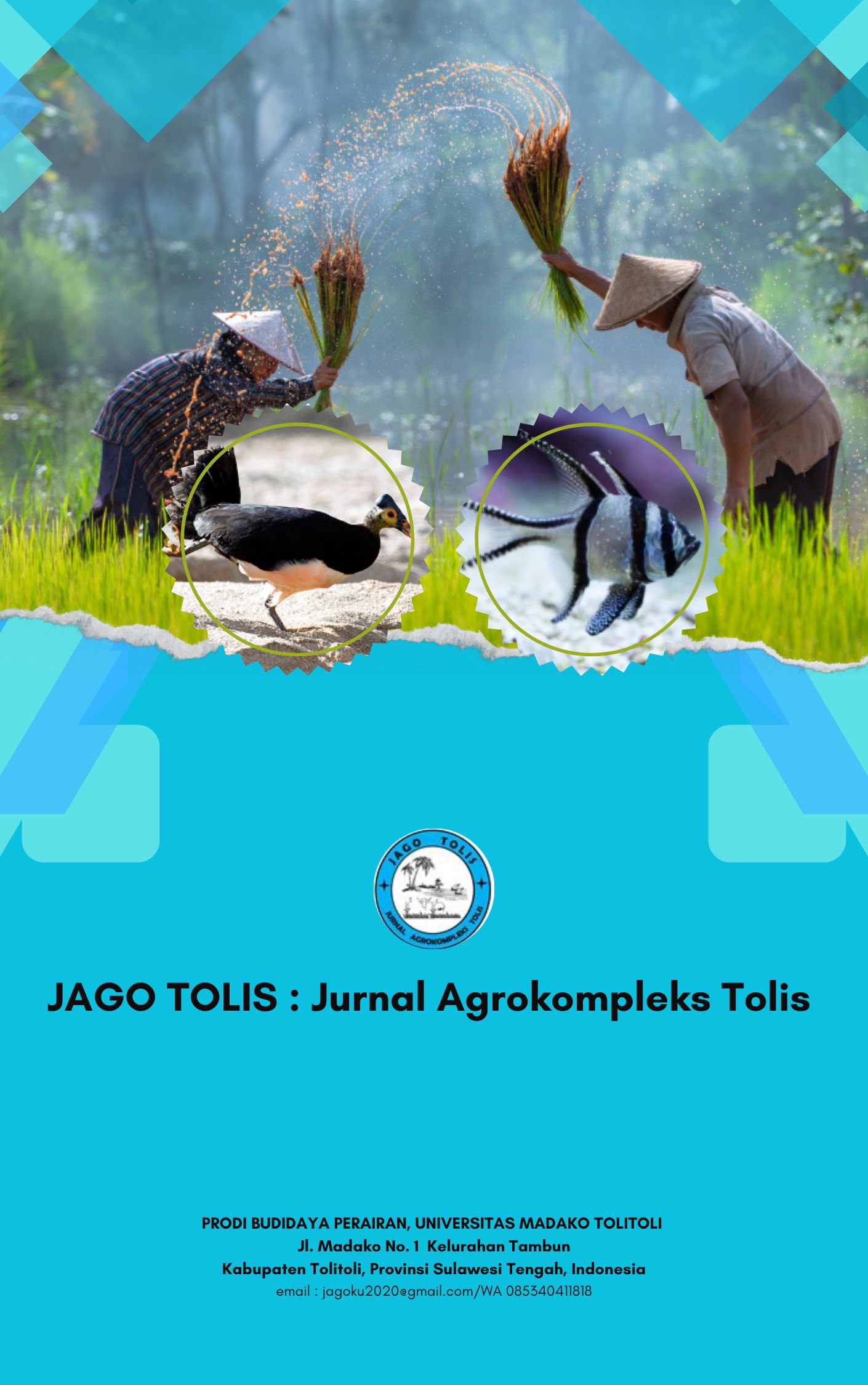Persepsi Masyarakat dan Tantangan Konservasi Ikan Mola-Mola: Kajian Literatur dan Media Sosial
DOI:
https://doi.org/10.56630/jago.v5i1.783Keywords:
Mola-mola fish, Conservation, Public perception, Social media, EcotourismAbstract
The mola-mola fish (Mola spp.), or ocean sunfish, is the largest bony fish species in the world, playing a crucial role in marine ecosystems and holding high economic value as an underwater tourism attraction. However, this species faces various threats, such as bycatch, marine pollution, and climate change, which affect its distribution and reproduction. This study aims to analyze public perceptions of mola-mola conservation through a review of literature and social media data. The study involved an analysis of scientific literature using VOSviewer and the collection of social media data, particularly on TikTok, using a web scraper. Sentiment analysis was performed using a machine learning method based on Support Vector Machine (SVM). The results indicate that public perception is dominated by positive sentiment (45%) regarding the unique appeal of mola-mola, although negative sentiment (30%) persists due to a lack of public knowledge about the importance of conservation. This study highlights the need for sustainable habitat management and community-based collaboration to increase conservation awareness. The findings emphasize that public education and collaboration between the government, scientists, and local communities are essential to reduce threats to mola-mola, including the impacts of climate change and illegal fishing. This research underscores that community-based strategies and multidisciplinary approaches can enhance the effectiveness of mola-mola conservation and ensure the sustainability of marine ecosystems in Indonesia.
References
Darma, N., Basuki, R. and Welly, M. (2010) Profil Kawasan Konservasi Perairan ( KKP ) Nusa Penida. Kabupaten Klungkung. Available at: https://doi.org/10.13140/RG.2.1.1315.6966.
Dewi, S. et al. (2021) ‘Sunfish (Mola spp.) Habitat Characteristics on their Appearance at Dive Tourism Depths in Nusa Penida Waters, Bali’, Jurnal Biologi Tropis, 21(1), pp. 149–156. Available at: https://doi.org/10.29303/jbt.v21i1.2442.
Dewi, S.L.K.T. (2021) Karakteristik Habitat dan Kemunculan Ikan mola (Mola spp.) di Perairan Nusa Penida, Bali. IPB University.
Hinrichsen, H.-H. et al. (2022) ‘Can Sporadic Records of Ocean sunfish (Mola mola) in the Western Baltic Sea be Linked to Saline Inflow Events?’, Journal of Marine Systems, 236, p. 103802.
Lopes, C. et al. (2023) ‘First evidence of microplastic ingestion in the ocean giant sunfish (Mola mola)’, Marine Environmental Research, 190, p. 106064.
Nakamura, I. and Yamada, M. (2022) ‘Thermoregulation of ocean sunfish in a warmer sea suggests their ability to prevent heat loss in deep, cold foraging grounds’, Journal of Experimental Marine Biology and Ecology, 546, p. 151651.
Nyegaard, M. et al. (2023) ‘Rapid physiological colouration change is a challenge-but not a hindrance-to successful photo identification of giant sunfish (Mola alexandrini, Molidae)’, Frontiers in Marine Science, 10, p. 1179467.
Phillips, N. et al. (2023) ‘The ocean sunfishes (family Molidea): Recommendations from the IUCN molidae review panel’, Marine Policy, 155, p. 105760.
Pope, E.C. et al. (2010) ‘The biology and ecology of the ocean sunfish Mola mola: a review of current knowledge and future research perspectives’, Reviews in Fish Biology and Fisheries, 20, pp. 471–487.
Quigley, D.T.G., Phillips, N.D. and Thys, T.M. (2024) ‘New Northerly Limit for the Sharptail Mola in the Northeast Atlantic: First Sighting of Masturus lanceolatus in the Northeast Irish Sea’, Journal of Fish Biology, 104(6), pp. 2094–2097. Available at: https://doi.org/10.1111/jfb.15730.
Sawai, E. and Nyegaard, M. (2022) ‘A review of giants: Examining the species identities of the world’s heaviest extant bony fishes (ocean sunfishes, family Molidae)’, Journal of Fish Biology, 100(6), pp. 1345–1364.
Thys, T.M. et al. (2015) ‘Ecology of the Ocean Sunfish, Mola mola, in the Southern California Current System’, Journal of Experimental Marine Biology and Ecology, 471, pp. 64–76. Available at: https://doi.org/10.1016/j.jembe.2015.05.005.
















